Abdelkader Ouali
Exploiting complex pattern features for interactive pattern mining
Apr 08, 2022
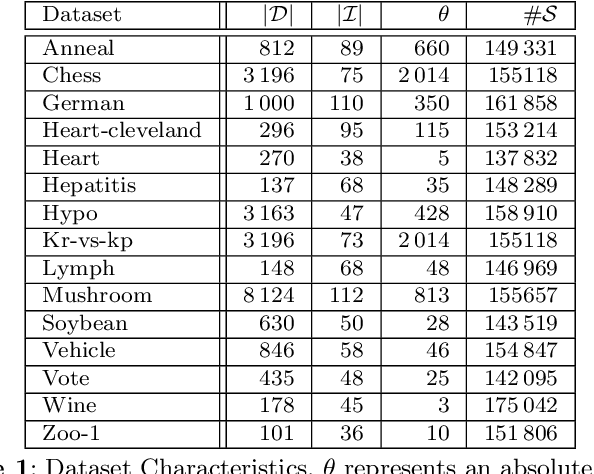
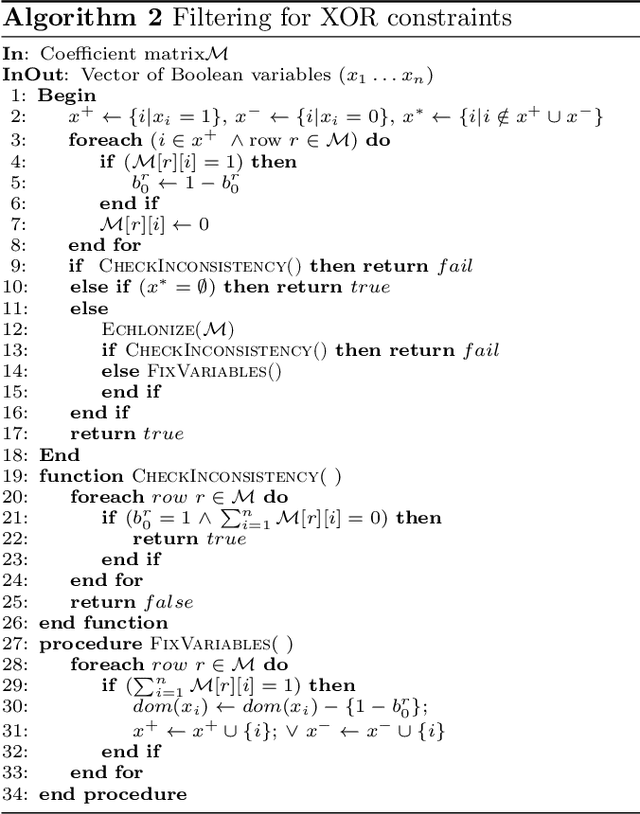
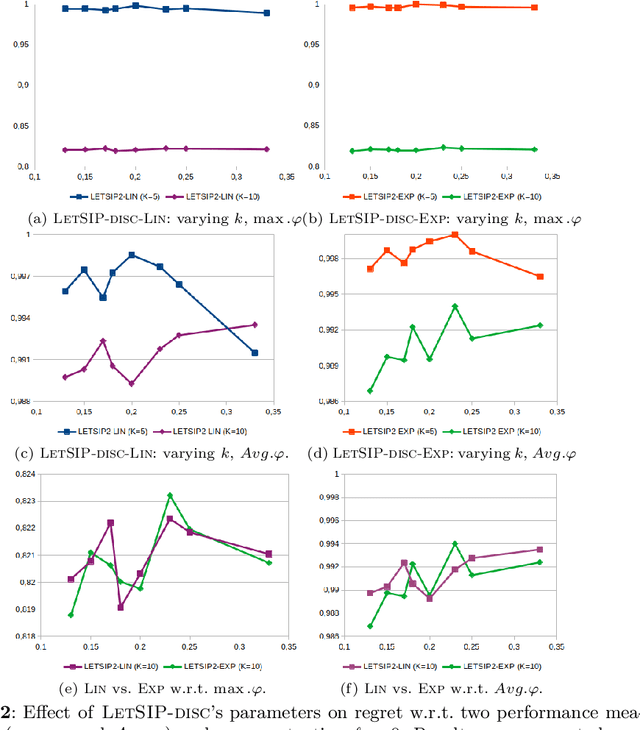
Abstract:Recent years have seen a shift from a pattern mining process that has users define constraints before-hand, and sift through the results afterwards, to an interactive one. This new framework depends on exploiting user feedback to learn a quality function for patterns. Existing approaches have a weakness in that they use static pre-defined low-level features, and attempt to learn independent weights representing their importance to the user. As an alternative, we propose to work with more complex features that are derived directly from the pattern ranking imposed by the user. Learned weights are then aggregated onto lower-level features and help to drive the quality function in the right direction. We explore the effect of different parameter choices experimentally and find that using higher-complexity features leads to the selection of patterns that are better aligned with a hidden quality function while not adding significantly to the run times of the method. Getting good user feedback requires to quickly present diverse patterns, something that we achieve but pushing an existing diversity constraint into the sampling component of the interactive mining system LetSip. Resulting patterns allow in most cases to converge to a good solution more quickly. Combining the two improvements, finally, leads to an algorithm showing clear advantages over the existing state-of-the-art.
An efficient heuristic approach combining maximal itemsets and area measure for compressing voluminous table constraints
Mar 21, 2022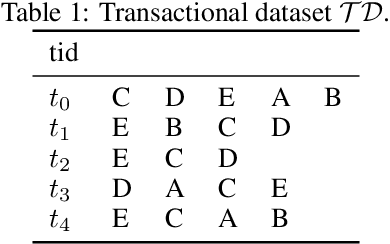
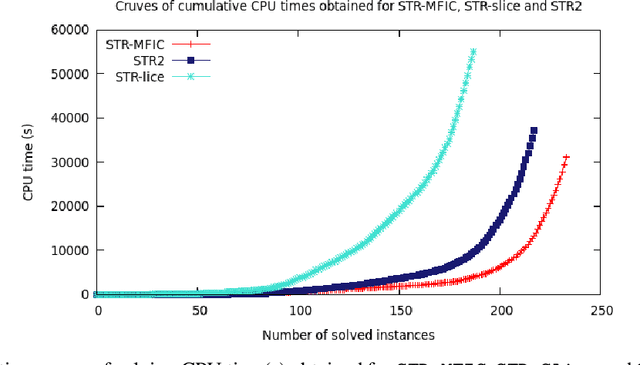
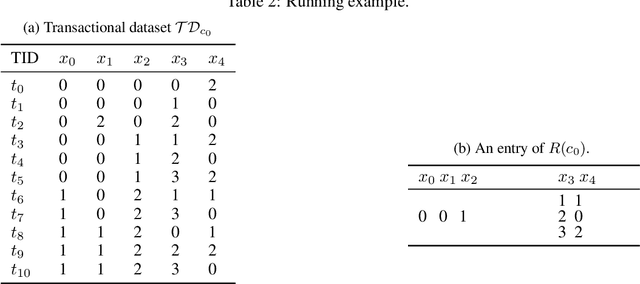
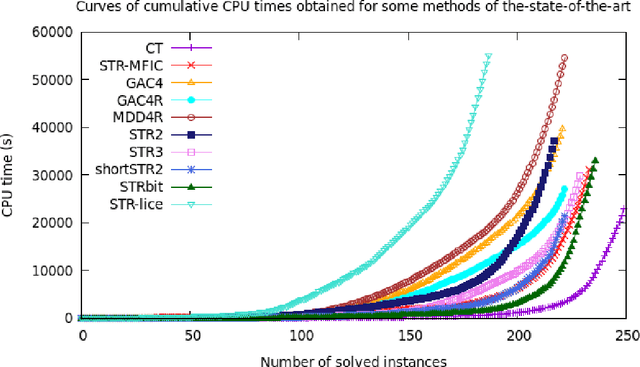
Abstract:Constraint Programming is a powerful paradigm to model and solve combinatorial problems. While there are many kinds of constraints, the table constraint is perhaps the most significant-being the most well-studied and has the ability to encode any other constraints defined on finite variables. However, constraints can be very voluminous and their size can grow exponentially with their arity. To reduce space and the time complexity, researchers have focused on various forms of compression. In this paper we propose a new approach based on maximal frequent itemsets technique and area measure for enumerating the maximal frequent itemsets relevant for compressing table constraints. Our experimental results show the effectiveness and efficiency of this approach on compression and on solving compressed table constraints.
 Add to Chrome
Add to Chrome Add to Firefox
Add to Firefox Add to Edge
Add to Edge